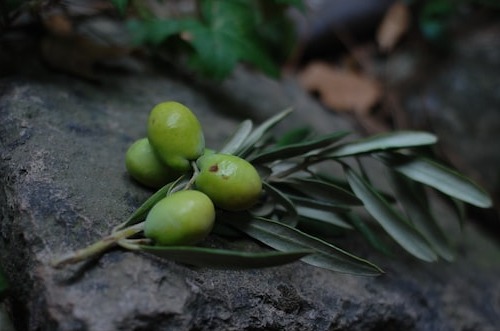
In W29 in the olive and olive oil landscape, the olive oil industry is facing a crisis due to a heatwave in southern Europe, leading to a potential second bad harvest in a row. Spain, a major olive oil producer, has been particularly affected, with a forecasted harvest of only 28% higher than the previous year at 850 thousand metric tons (mt), compared to 1.3 million metric tons (mmt) in a typical year. That forecast was issued before the current period of high temperatures. The high temperatures up to 43C in W29 could worsen production as a second heatwave hits some southern regions, causing trees to drop unripe fruits. This, added to poor harvests in Italy and Portugal, could lead to shortages and further price increases in wholesale olive oil prices, which have already doubled since 2022. Spain witnessed the largest increase in extra virgin olive oil prices in the European Union (EU), rising by 133% to reach USD 7.09/liter, while Italy's price is around USD 7.98/liter. In the United Kingdom (UK), retail prices of olive oil have surged by 47% year-on-year (YoY), averaging USD 6.82/500ml in May.
On the other hand, Turkey is close to achieving a record-breaking olive oil export of USD 1 billion, with 150 thousand mt of olive oil. The United States (US) is its second-largest market, and Turkey is capitalizing on Spain's decreased production, significantly increasing exports and revenues. In the first six months of 2023, olive oil exports to Spain rose to USD 203.9 million, a 27-fold increase. Moreover, to boost value-added exports, Turkey applied a Turkish lira deduction of USD 0.20/kg on bulk and barreled olive oil exports, encouraging the shift to packaged olive oil. Worldwide, increasing prices have also impacted Turkey, with olive oil prices rising from USD 2.60/liter to USD 6.50/liter in mid-July, and industry experts predict that price increases will persist.
In mid-July, Greece saw premium extra virgin olive oil prices at USD 9223.42/mt and USD 6.31/kg for lampante, with daily price increases. However, transactions are slow due to producers and mills hesitating to sell. Experts predict a challenging year for the 2023/24 harvest, expecting a significant decrease of almost 50% in olive oil production to 170 to 180 thousand mt, compared to the current year (2022/23), which saw a production of 350 thousand mt due to favorable weather conditions. Crete's production is estimated to drop from 100 thousand mt to 30 to 40 thousand mt, while the Peloponnese region will decrease production from 120 thousand mt to 70 thousand mt.
From the start of the 2022/23 campaign until Jun-23, Tunisian olive oil exports reached 158 thousand mt, worth USD 803.33 million. This reflects a 3.7% YoY decrease in volume but a significant increase of 43.8% YoY in value. Moreover, the average price during the first eight months of the campaign increased by 49.4%, reaching USD 5.09/kg. In Italy, nearly 25% of the total agricultural area is dedicated to organic farming, aligning with the European strategy "From Farm to Fork'' for 2030. Puglia is the leading region in producing organic olive oil, accounting for 24.7% of the organic agricultural area.





